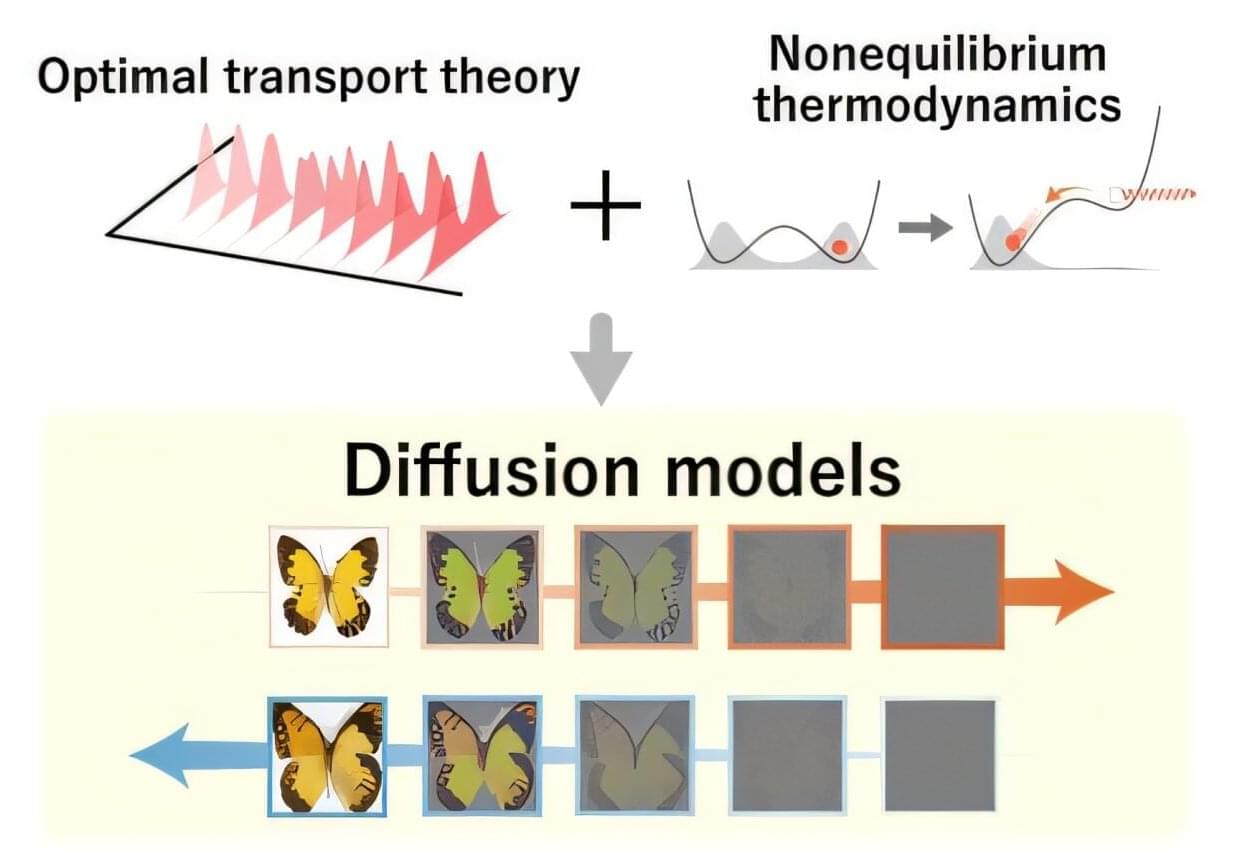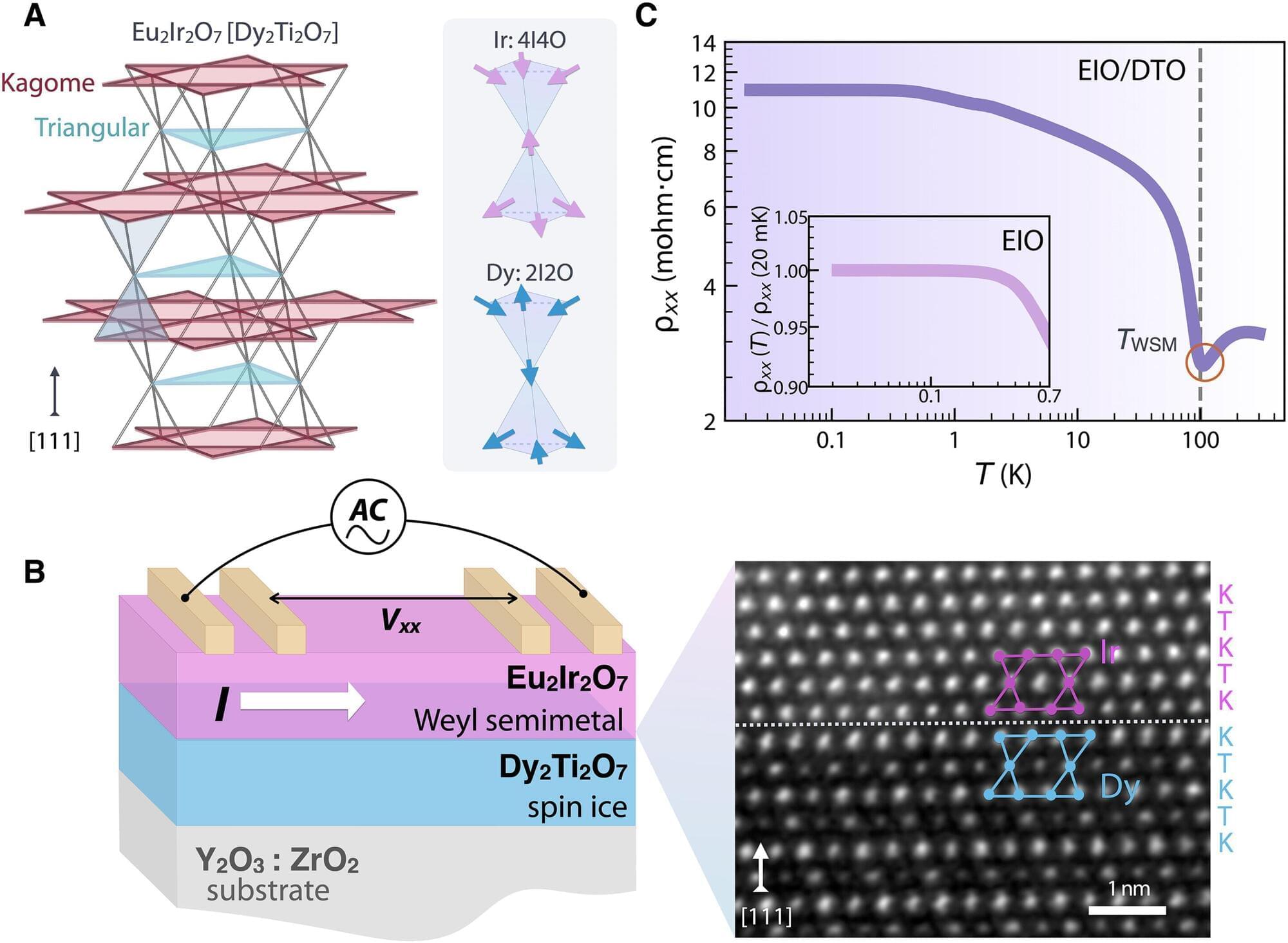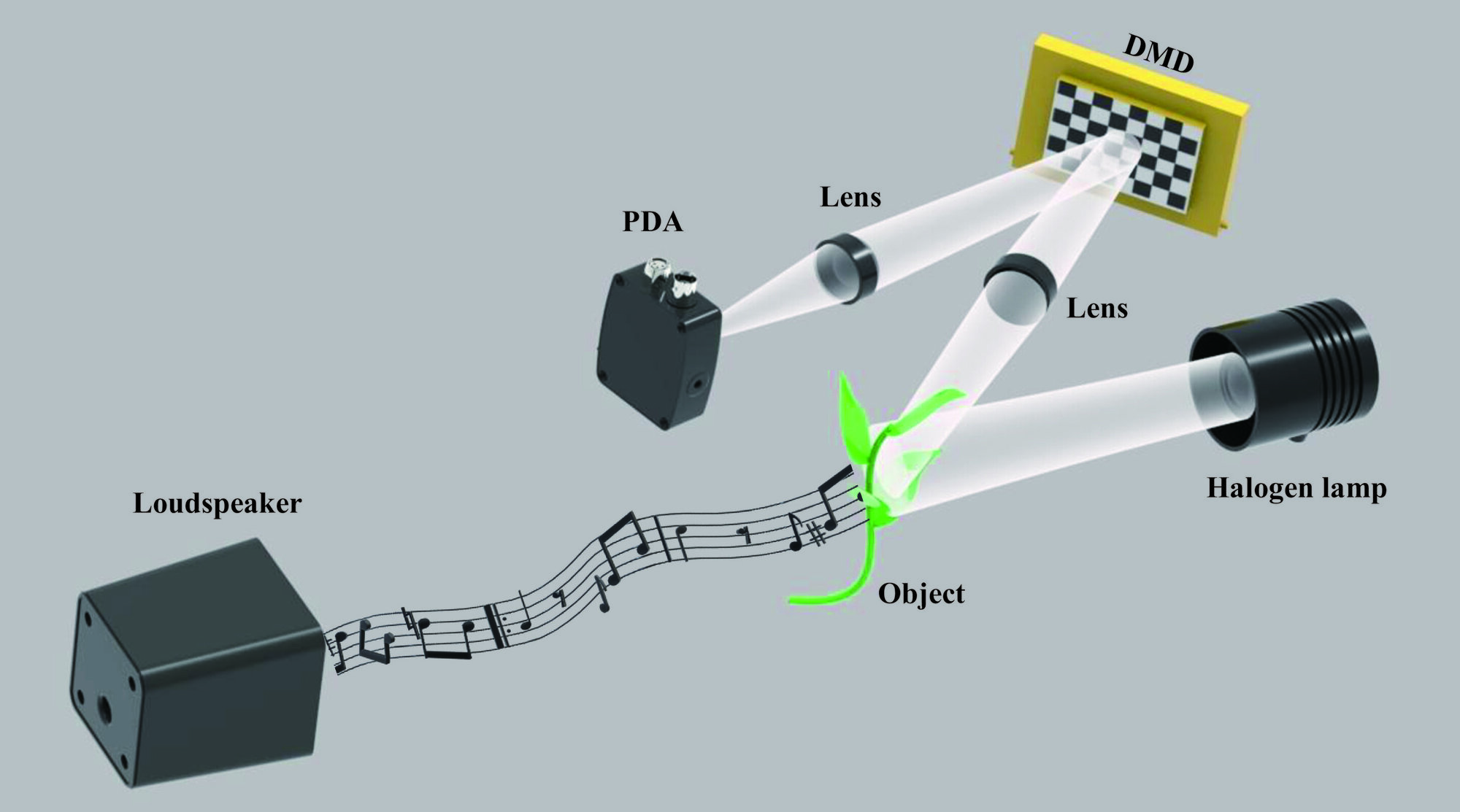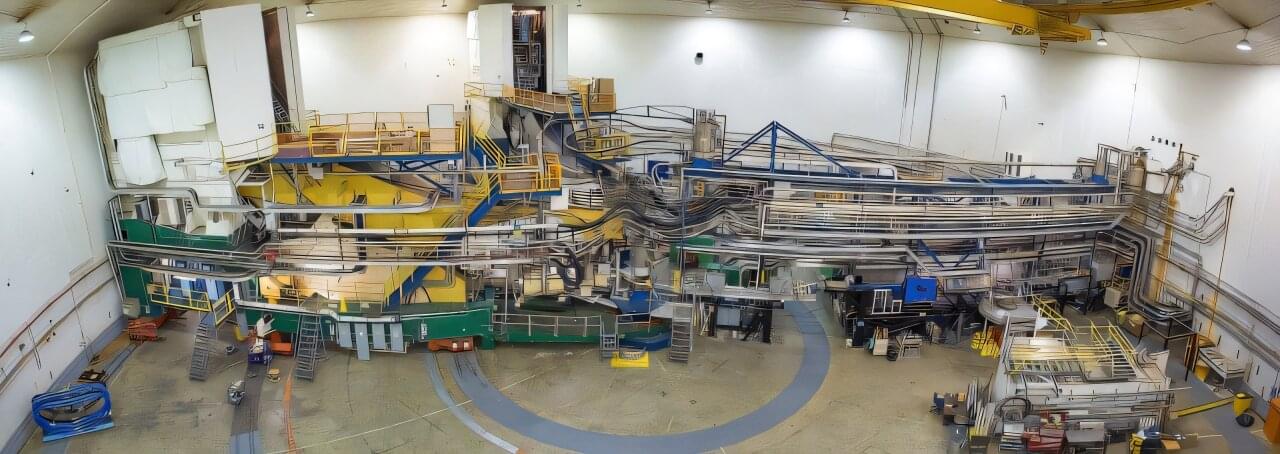Threads or ropes can easily be used for braiding, knotting, and weaving. In chemistry, however, processing molecular strands in this way is an almost impossible task. This is because molecules are not only tiny, they are also constantly in motion and therefore cannot be easily touched, held or precisely shaped.
A research group at the Institute of Chemistry at Humboldt-Universität zu Berlin (HU) led by Dr. Michael Kathan has now succeeded in precisely winding two molecular strands around each other using an artificial, light-driven molecular motor, thereby creating a particularly complex structure: a catenane (from Latin “catena” = chain). Catenanes consist of two ring-shaped molecules that are intertwined like the links of a chain—without being chemically bonded to each other. The research results are published in the journal Science.
“What we have developed is basically a mini-machine that is powered by light and rotates in one direction,” says Kathan.









